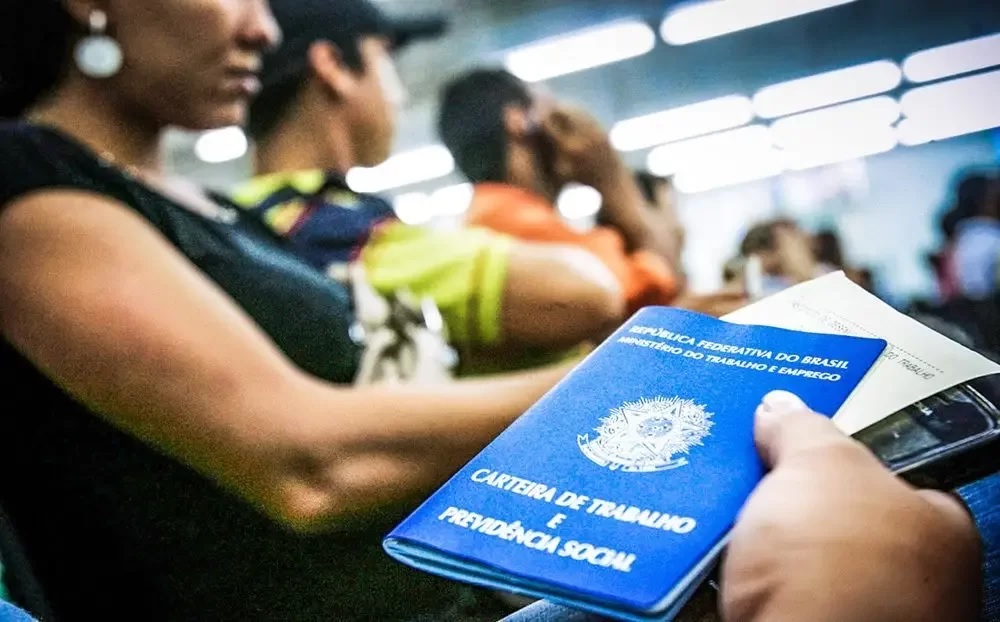Brazil’s unemployment rate dropped to 9.3% in the 2nd quarter of 2022. Unemployment reaches 10.1 million people. The IBGE (Brazilian Institute of Geography and Statistics) released the data on Friday, July 29.
The unemployment percentage is the lowest since December 2015 (9.1%) and also the lowest for the month since 2015 (8.4%). The index retreated 1.8 percentage points from the 1st quarter of the year when it was 11.1%.
The unemployment rate fell 4.9 percentage points since the 2nd quarter of last year.
In absolute numbers, the unemployed population fell 15.6% compared to the 1st quarter of 2021, which means 1.9 million fewer people. In one year, it fell by 32%, 4.8 million fewer people.

UNDERUSED
Those who are unemployed, work less than they could, or have not looked for a job even though they are available for work are considered underutilized.
The underutilization rate fell to 21.2% in the quarter that ended July this year, the lowest level for the period since 2016 (20.9%). The drop was two percentage points from the January-March 2022 quarter. In one year, the decline was 7.3 percentage points.
The number of underutilized people reached 24.7 million in the latest result. It decreased 7.7% (2.1 million less) compared to the previous quarter – from January to March. It also fell compared to the quarter that ended June 2021 (-24.1%, or 7.9 million fewer people).
Within the group of underutilized people, there is the rate of the discouraged, which are those who have not looked for a job because they do not believe they will get one.
The unemployed population fell by 7.1% in the quarter ended June 2022 against the previous quarter. It now totals 4.3 million people. It also decreased 22.5% compared to the period from February to April last year, representing 1.2 million fewer people in the group.
LABOR MARKET
The occupied population was a record for the historical series, which began in 2012. There were 98.3 million people in the 2nd quarter. It rose 3.1% (3 million more) compared with the previous quarter and 9.9% (8.9 million more people) in one year.
The number of employees with signed work cards in the private sector was 35.8 million. It registered an increase of 2.6% compared to the 1st quarter of the year, which is 908 thousand people. It rose 11.5% against the 2nd quarter of 2021, which is 3.7 million more people.
The number of employees without work cards -informal- reached 13 million, the highest rate in the historical series, which began in 2012. The contingent grew 6.8% compared to the previous quarter (827,000 people) and 23% compared to the 2nd quarter of last year, representing 2.4 million people.
The informality rate was 40% of the employed population, against 40.1% in the previous quarter and 40.0% in the same quarter of 2021. The number of informal workers reached 39.3 million, a record in the historical series of the indicator, which began in 2016.
AVERAGE INCOME
The usual real income (R$2,652 – US$510) was stable compared to the previous quarter and fell 5.1% in the year. The usual real income mass (R$255.7 billion) grew 4.4% compared to the previous quarter and 4.8% year-on-year.
With information from Poder360

